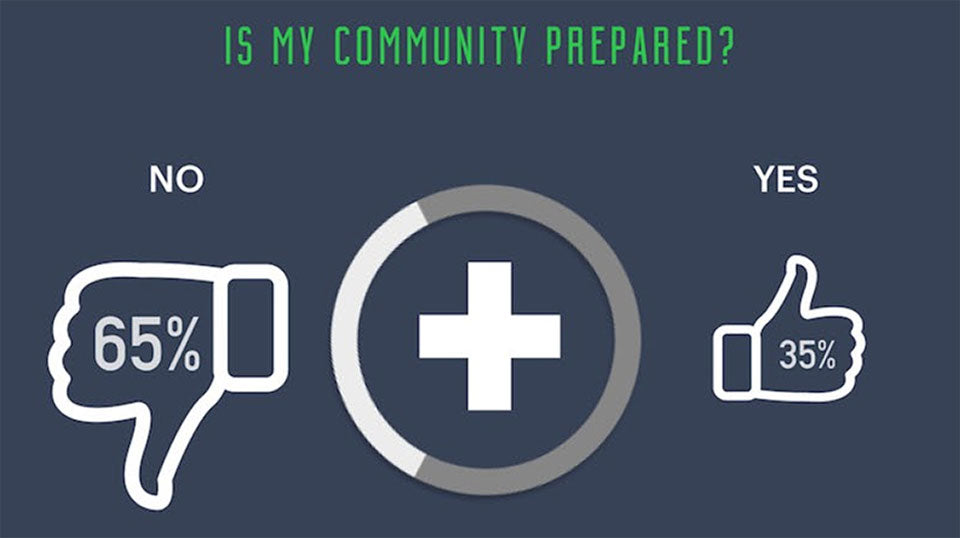The American Preparedness Project: Columbia University
The National Center for Disaster Preparedness is part of Columbia University's Earth Institute. In May 2016 the Center released a report called the AMERICAN PREPAREDNESS PROJECT: Where the US Public Stands in 2015. It's a seminal study and not encouraging.
Following is the executive summary and key recommendations. Here is the link to download the full report from Columbia University.
Executive Summary
Widespread concerns about terrorist attacks on American soil persist. In 2015, 83% of Americans report being concerned or very concerned about the possibility of another terrorist attack compared to 78% in 2003.
Over two-thirds of Americans also feel concerned or very concerned about terrorism against child-serving institutions in their community, with Americans living in big cities reporting even greater level of concern.
However, American household preparedness has improved only modestly since 2003. Nearly two thirds (65%) of households do not have adequate plans for a disaster or have no plans at all (compared to 77% without adequate plans in 2003).
Over half of Americans are not very confident or not confident at all that the government will be able to protect their community from a terrorist attack. Similarly, nearly 40% of the American population is also not too confident or not confident at all in the government’s ability to respond to a natural disaster or emergency weather event.
67% of Americans expressed some level of worry that climate change is contributing to more frequent and severe natural disasters and 65% expressed some level of worry that climate change will impact their community’s exposure to disasters.
Just over a quarter (26%) of the U.S. population does not think that the country is better prepared to deal with a major natural disaster now than it was before Hurricane Katrina.
Although Americans have a higher confidence in their community’s ability to respond to disasters compared with confidence in “government,” 41% are not confident that their community has adequate plans in place for a disaster that occurs with no warning and 37% are not confident in their community’s ability to meet the needs of children during disasters.
Over a third of American households with children are not familiar with their school’s evacuation and emergency plans (35%), and even more do not know to what location their children would be evacuated during a disaster (41%).
There is an upward trend in the population’s expectations regarding first responders. In the event of a disaster, over half (51%) of Americans believe that help will arrive in under an hour, an increase from 32% in 2006.
Key Recommendations
Individuals and households should invest more into ensuring their preparedness in a disaster.
Governmental agencies should cooperate with trusted community leaders and organizations in order to ensure better community and individual engagement in disaster planning.
The impact of climate change on disasters should be better understood and integrated into communications and preparedness programs.
Preparedness programs should review and consider the effectiveness of planning based on the different geographic, socio-economic and other strata of the presented data
First responders should work with their communities to ensure that either they are prepared to meet the response expectations of their community in a disaster, or to help educate their communities on what they can reasonably expect in a disaster response.


